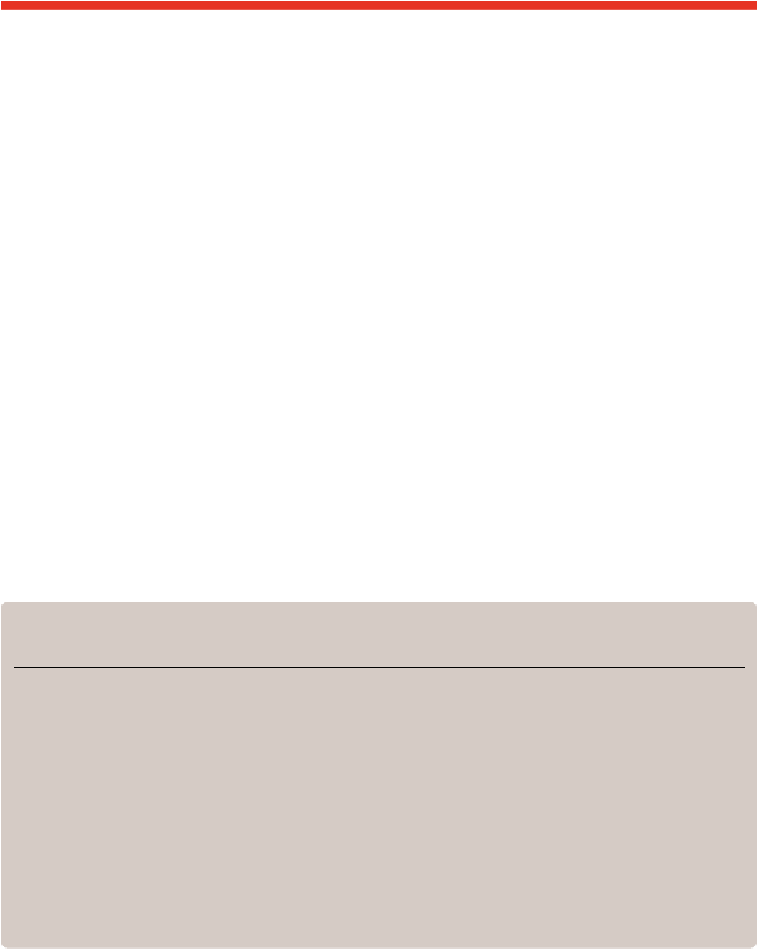Travel Reference
In-Depth Information
Car & Motorcycle
Self-drive 'holidays' don't really exist in Iran unless you bring your own car, which is ex-
actly what a steady stream of travellers do en route between Europe and Asia. Most report
the country driving is great and the city driving is not. If you're considering an overland
journey these sites have the stories of those who've gone before:
Bring Your Own Vehicle
If you are driving your own vehicle, you should always slow down and get ready to stop
at roadblocks. Usually if you wind down your window, smile nicely, and give the officials
your best 'I-don't-know-what-to-do-and-I-don't-speak-Farsi' look, you will be waved
straight through. At worst you'll have to show your passport, licence and vehicle docu-
ments. Keep to the main roads near the Pakistan, Iraq or Afghanistan borders to steer clear
of drug smugglers and police. Be sure to find a hotel with safe parking when in the south-
east.
Driving Licence
To drive in Iran you need an international driving licence. Get one from the national auto-
mobile association in your home country.
FUELLING UP
In theory, foreigners are supposed to buy a fuel card when they cross the border and some readers have reported be-
ing forced to do this at Bazargan. In effect, the card means you pay much more for
benzin
(petrol) and diesel than
locals do - US$1.30 a litre plus the going local rate. However, changes to the way fuel is sold mean this card is best
avoided (the Sero border is better for this).
Iranian drivers are limited to a per-day quota that depends on whether the vehicle is used for private or commer-
cial use. The whole system is underpinned by an ambitious system by which every vehicle owner has a ration card,
which is swiped through a machine to record the date and quantity of every litre bought.
For you, however, things are simpler. Just turn up to a petrol station and if you don't have a card the station will
fill your tank and put it on their own card. At research time this meant you'd pay IR3500 (US$0.25) per litre for
diesel, rather than the base IR1500 (US$0.11) rate; petrol was between US$0.30 and US$0.70 a litre. Expect the rial
prices to rise as the value of the rial falls. Either way, it's a bargain compared with what you pay at home.



